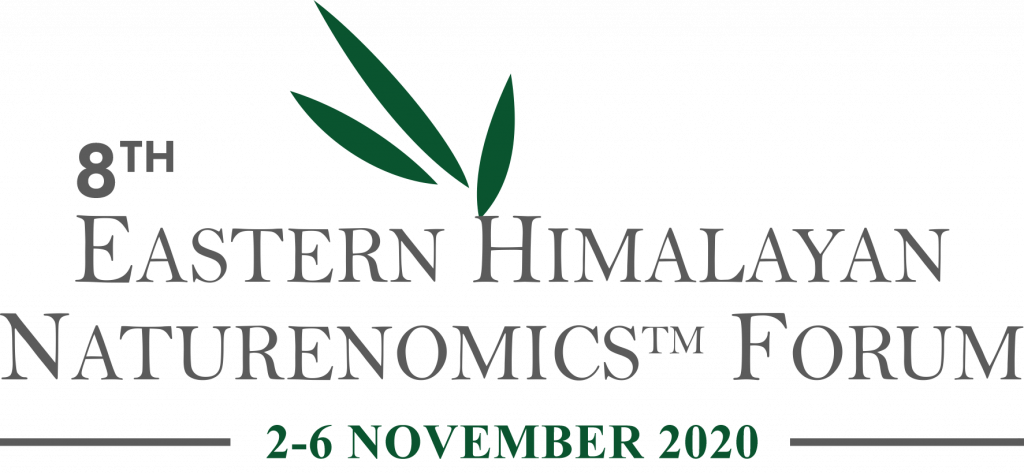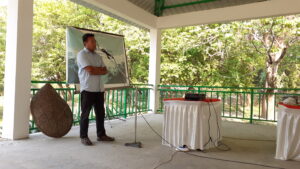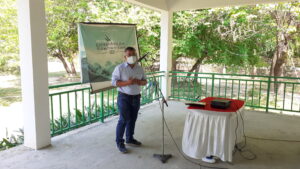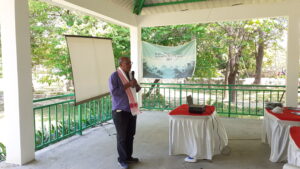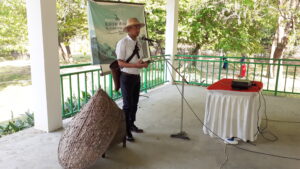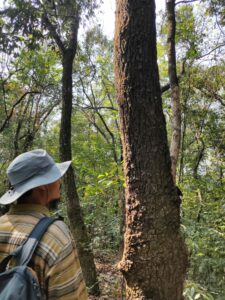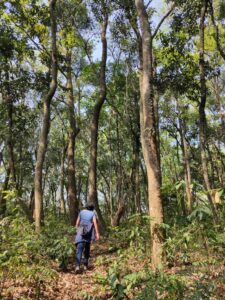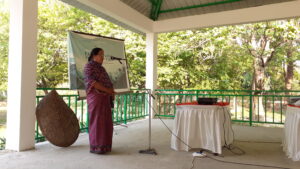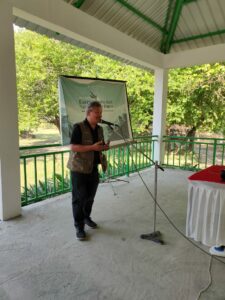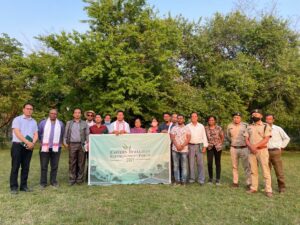Eastern Himalayan Rural Futures®:
Ecology for the New Economy
creating a Naturenomics™ Agenda – Ecology for the New Economy
THEME : Community led Forest Restoration: Ushering Climate Action at the Grassroots
About
The state of Manipur like most of the north-eastern states is a part of highly fragile Eastern Himalayan eco-system. The residents of the state have high natural resource dependency i.e. forest, natural streams, lakes and primitive agriculture and animal husbandry. Manipur is well known for its unique ecology and rich biodiversity. Forest is an important resource in the state and agriculture is the mainstay of the economy of the people. As per the Forest Survey of India, forests cover 76% of Manipur’s total area at a total of 16,990 sq km. Recently the Indian Network on Climate Change
Assessment (INCCA) reported that the climate change impacts & vulnerability in Manipur have been highlighted over four main sectors namely, water resources, forests, health and agriculture & its allied sectors. The rapid urbanization is causing decline in agriculture and forest resulting in food insecurity and social unrest. The loss of ecosystem due to unsustainable management of land-water and forest is causing irreversible loss to biodiversity and long term damage in form of groundwater depletion and stream drying and loss of aquatic and terrestrial flora and fauna. Its role as a carbon sink too is getting reduced.
However, in contradiction to this vulnerability caused by extreme climate variations across Manipur, Phayeng village located in Imphal West district, mostly inhabited by the indigenous scheduled caste Chakpa community recently got accorded with the ‘Carbon Positive Eco-Model village’ for adapting climate vulnerabilities through conservation efforts that are mainly linked to the belief that the forest is a sacred grove. The need for conserving the forest and attached ecosystems of Phayeng is important to maintain the ecological balance in a sense, the streams flowing through the forest is an important source and acts as a feeding channel of water to the state capital. The village lying on the foothill taps a natural stream and preserves the forest attached to this stream. As per the 2011 census report, the total geographical area of Phayeng is is 983.65 hectares and is a composite of about 660 households with a total population of 2,728 peoples- 1334 male & 1394 female.
Key Higlights
Recharging of forest lands through plantation of native species is critical for watershed management as streams in close proximity to the human settlements are drying in up across the state, however communities that have protected forests with indigenous species are able to successfully recharge the streams with minimal flow of water throughout the year, if not revived.
Community reserve models have been successful in protecting against ecological degradation while ensuring just outcomes for communities in Manipur. The process of achieving Community Reserve status needs to be streamlined, with clearer support structures and mechanisms for communities – particularly communities taking initiative to protect fragile ecologies as in Phayeng.
The livelihood should potentially target in counterbalancing high incomes that indigenous people earn through extensive opium cultivation (linked to the clearance of forests in hill territories in Manipur). The RuFu model of agroforestry, ecotourism can be an opportunity. Also carbon pricing can be explored –critical to learn from Bangladesh on how to successfully manage carbon pricing in a way that benefits the communities.
Marketing local produce — streamline the process for marketing local products like bamboo handicrafts, agricultural produce through strong branding & systemized design for retailing, that will drive bring direct income to the indigenous communities and support sustainable agricultural practices for future.
The short-sighted degradation of critical ecosystems are potentially triggered by unplanned tourist activities. Hence it’s critical, to mobilize the indigenous communities to restrict and implement responsible tourist guidelines and activities within the forest vicinity.


